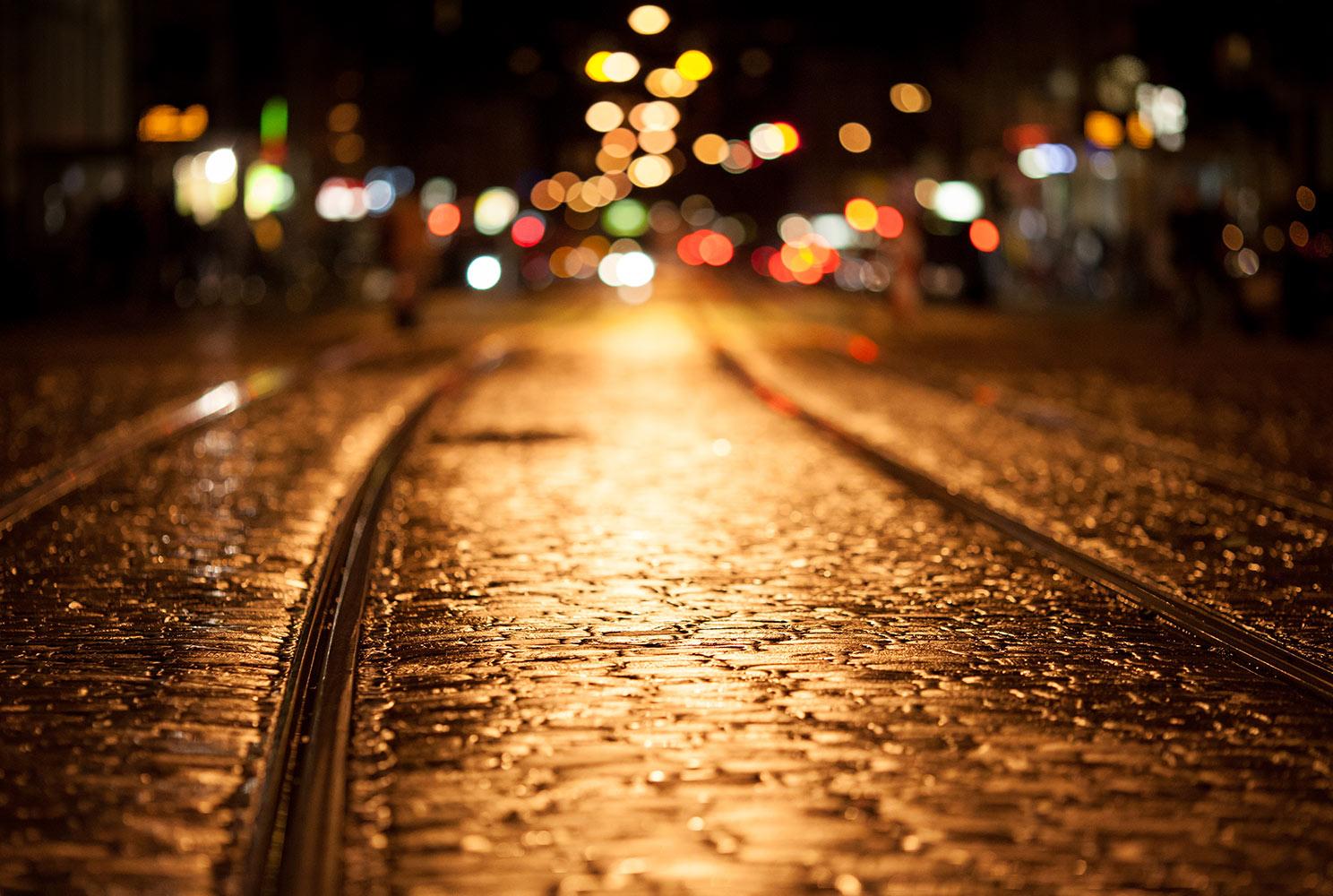
Clock Movement Replacement
Clockmaking with Individual Clock Hands and Dials
Clock hands and also dials supply the most unique aesthetic impact of a watch. Clock dials as well as hands function as a group in highlighting design and also tone, as well as they aid the viewer to obtain the time quickly as long as they are contrasting and well matched. In this post we check out exactly how to accomplish a well-matched and also contrasting set, and exactly how to best portray your preferred appearance.
Clock hands and also dials are actually the focus of attention, and also it is not unexpected that clockmakers commit their efforts to integrate them noticeably. This is not to downplay the role of the clock movement in properly placing the hands over the face continually. Yet the movement is pure feature and continues to be hidden; design (kind) need to be drawn out with the visual components.
Building clocks from the ground up involves choosing your own parts, and also you must pursue a linked, harmonious look. The hands as well as dial are the natural focus, but the general functionality of the watch needs to be established initially. Consisting of certain attributes or novelties may have an impact on one or both of these component parts.
There is a terrific range of clock motions around, each with a specific combination of attributes. The important function is timekeeping, suggesting revealing the present time constantly to whatever degree desired. That is, though the most common cycle is twelve hrs (when whatever go back to its beginning state), some motions prolong the cycle to something longer, perhaps requiring a different looking dial as well as maybe entailing an extra hand.
For example, you can obtain a 24-hour movement, biking once a day as opposed to twice. The equivalent dial will certainly show an additional dozen numbers, either doubling up with the first dozen or expanded over the area; the last layout is unavailable besides huge clocks. One activity revolves the hour hand twice a day, the various other once a day.
Longer cycles are the week and also the month. These motions require calibrated dials that show the days of the week or days in the month, respectively. An extra hand indicate the matching day or date.
Still various other movements use keeping track of tide degree (for those in coastal setups) or reporting weather condition sensations such as temperature and also moisture. The dials and also hands for these are specifically designed to deal with them, and might resemble the round style or might entail a solitary hand going back and forth over a restricted variety.
Once your clock activity is chosen, you can transform your focus to the hands and dials, focusing on sizes as well as designs. Dial and also hand dimensions should match, certainly, and their styles must be corresponding. Supplying consist of a series of shapes and colors, as well as dial lettering can be found in Arabic or Roman (or icons).
Dial size dimensions vary from a few inches to perhaps six feet (with big clocks placed straight on a wall surface rather than trying to find big adequate cases). When you go above about 14 inches, the minute hand ends up being also hefty for a typical movement to revolve. In such situations order a "high-torque" version of the same electric motor you have picked, and also it ought to perform appropriately.
Offer some believed to whether you want your clock to have a previously owned, and if so, whether you desire the average tick-and-stop (audible) activity or a continual, quiet move activity. The electric motor should support one action or the various other, as well as you can make a decision just not to mount the previously owned if it seems supplementary. diy clock hands
Once you master the basics of structure timepieces from components, you could wish to explore other facets such as seeming chimes or replicating older clocks with oscillating pendulums. However basic clockmaking begins with private clock hands and dials.



